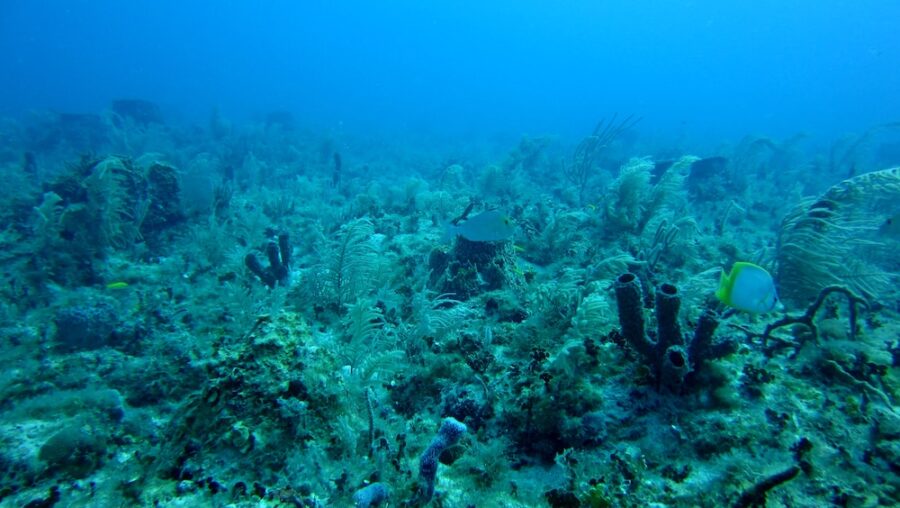The Dead Zone Lurking In The Gulf Of Mexico Isn’t From Stephen King

Unfortunately, the larger-than-usual dead zone in the Gulf of Mexico isn’t the kind that gives you premonitions of the future. Instead, this dead zone is an area approximately the size of New Jersey this year, where there isn’t enough oxygen to support marine life. Largely caused by fertilizer runoff into the Gulf, the phenomenon causes massive algae blooms that then die and decompose, consuming almost all of the oxygen in the surrounding water.
The Dead Zone

The dead zone in the Gulf of Mexico is a large area where there isn’t enough oxygen in the surrounding water for marine animals to survive. Also known as hypoxia, this dead zone doesn’t allow oxygen to penetrate the deep water where fish, mammals, and other sea life live, creating a giant void of life at the bottom of the Gulf. Pollution in the form of nutrient-rich fertilizer from agricultural application is washed into the Gulf off the coasts of Texas and Louisiana, causing the dead zone.
Defying Scientific Predictions

In the last 38 years, regular measurements of the dead zone in the Gulf of Mexico have been recorded, and this year’s dead zone is the 12th largest recorded to date. According to the National Oceanic and Atmospheric Administration (NOAA), the dead zone this year is above average, measuring 6,705 square miles. The dead zone is also larger than it was predicted to be this year based on predictions from the concentration of nitrogen in the runoff from the Mississippi River taken earlier this year.
Nutrient Pollution

The area around the Mississippi River, where agriculture is the main economic force, is important to the stability of the region, not just state or local areas. Because of this, implementing abatement practices for preventing nutrient pollution can be challenging, as it relies on buy-in from individual farmers and industrial operations as well as local, state, and federal governments. Tackling this complicated set of stakeholders is central to preventing further growth of the dead zone.
Despite efforts to curtail nitrogen pollution, this year’s dead zone in the Gulf of Mexico is within the average size of the last five-year period, in keeping with a general trend toward growth.
The EPA Is Taking Preventive Actions

The Environmental Protection Agency (EPA) implemented a $60 million plan to reduce nutrient pollution from agriculture in the Mississippi River in 2022. The plan relies on runoff reduction infrastructure to curb the discharge of nutrient-dense water into the Gulf of Mexico and builds on past efforts that began in 2008. So far, though, the trajectory for the size of the hypoxic region of the Gulf has continued upwards.
Deploying Drones For Future Monitoring

Continuing efforts on the part of the NOAA to install monitoring equipment and harness new technologies like autonomous surface vehicles (ASVs) and drones to map the spread of hypoxia are being investigated for future use.
Experimental ASVs were launched this year in conjunction with ship-based systems to compare accuracy for future efforts to shrink the dead zone in the Gulf of Mexico. These new systems, combined with runoff prevention efforts, will be crucial to reverse the growth of the hypoxic zone in the Gulf.
Source: NOAA












